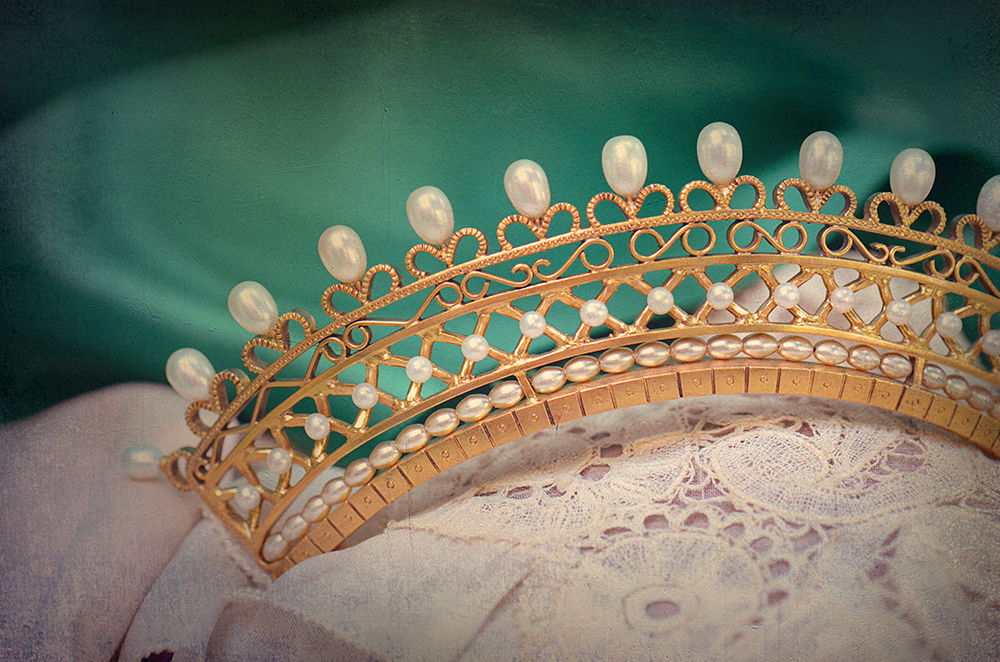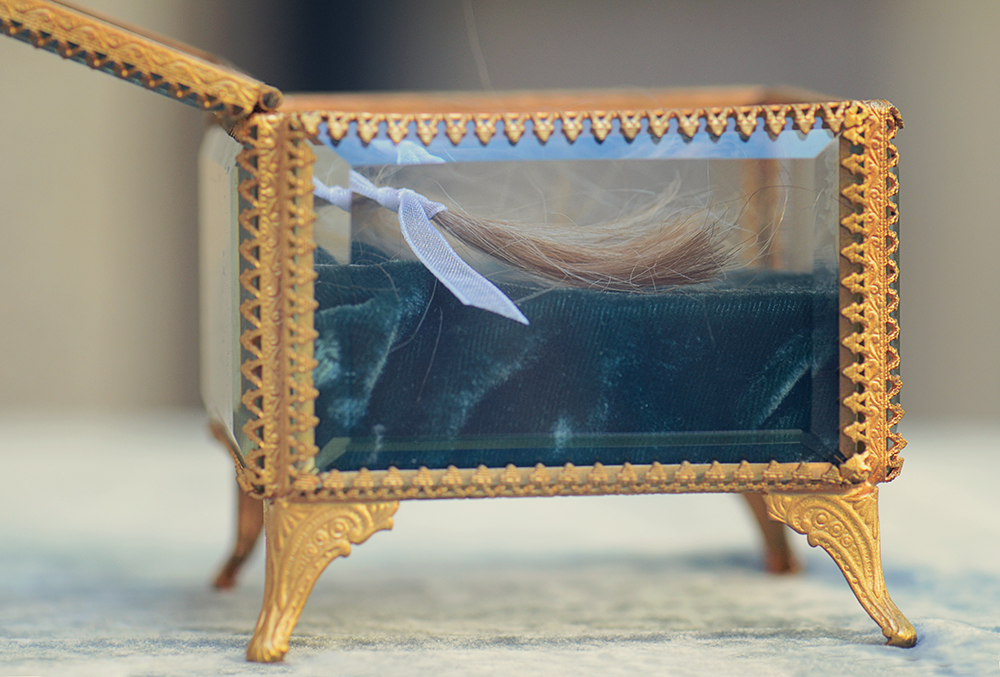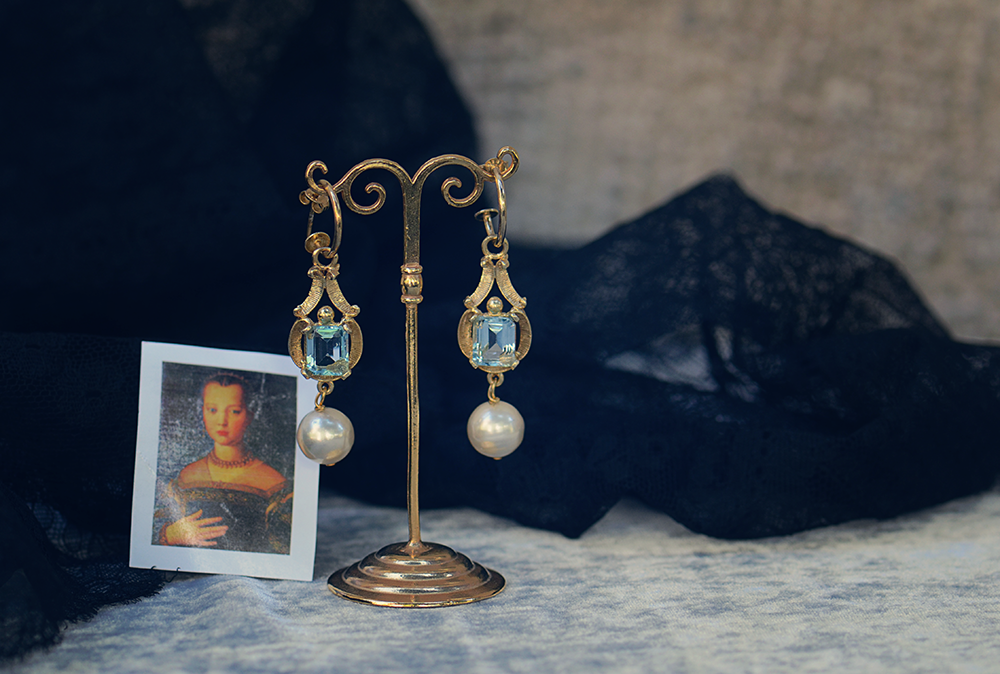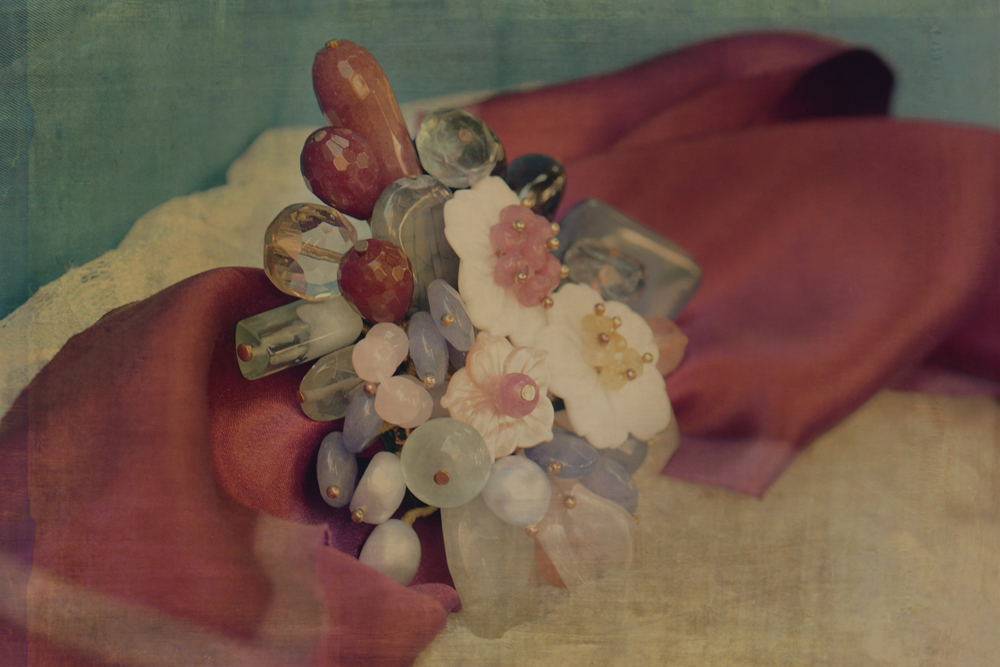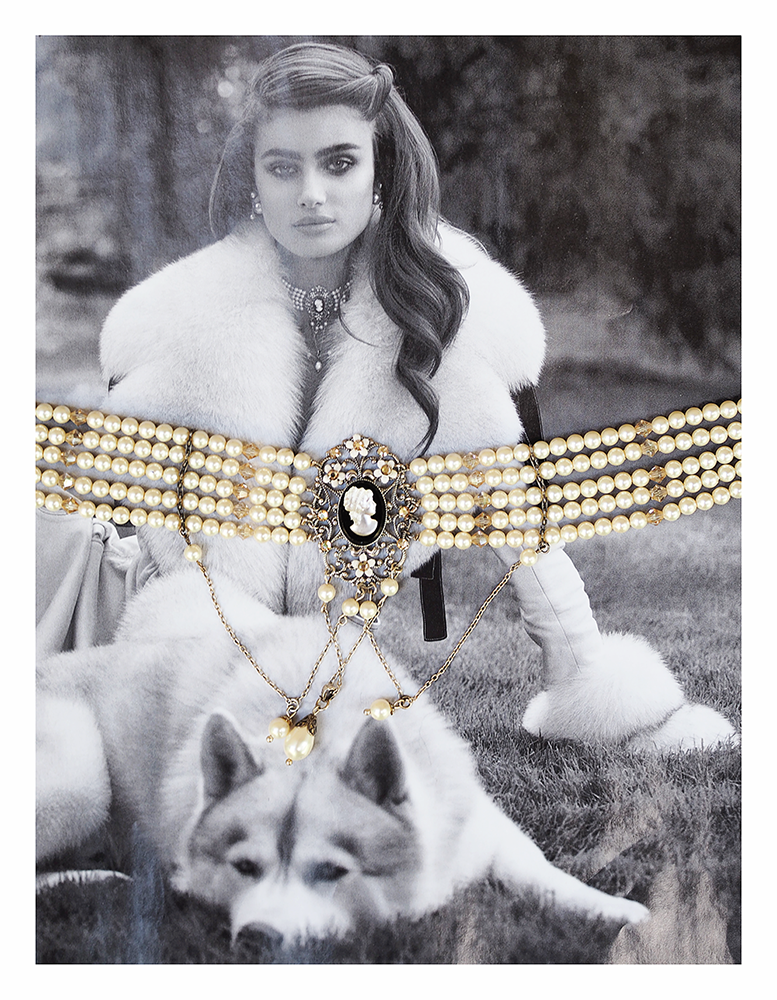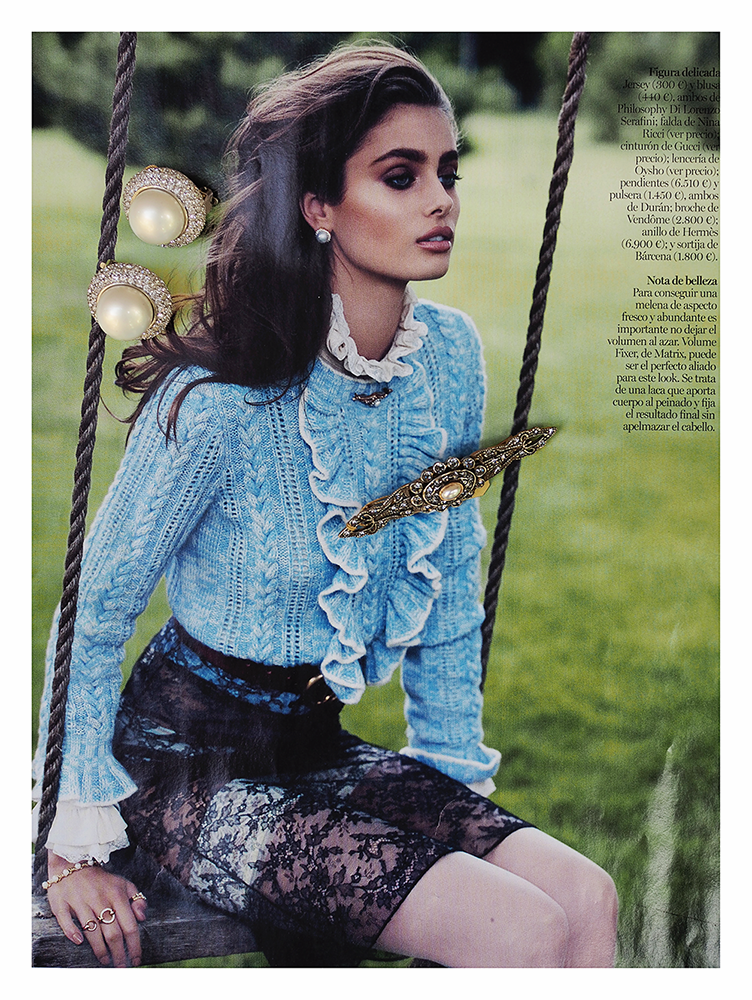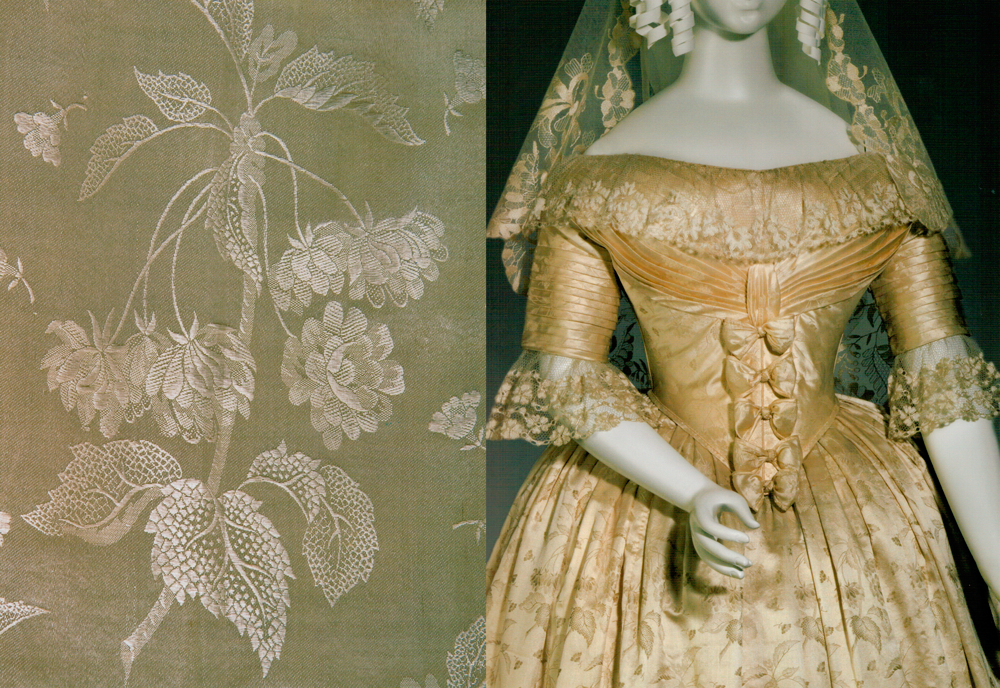Coco Chanel, the great lady of the French haute couture
Within both Wars, Gabrielle Bonheur, better known as Coco Chanel, reved up fashion and haute couture in Paris. She also freed women from the tight suits and dresses so common in the time. The way she understood the feminine body, her haircut, her ideas and of course her designs follow even today a prestigious signature.
She was born in 1883 within a very humble family. From the 20s onwards she turned into the great lady of the French fashion. She defended the silouette of a new woman: a free and modern woman with a higher weight in society. Her short hair, tiny body and comfortable clothes style is imitated still today.
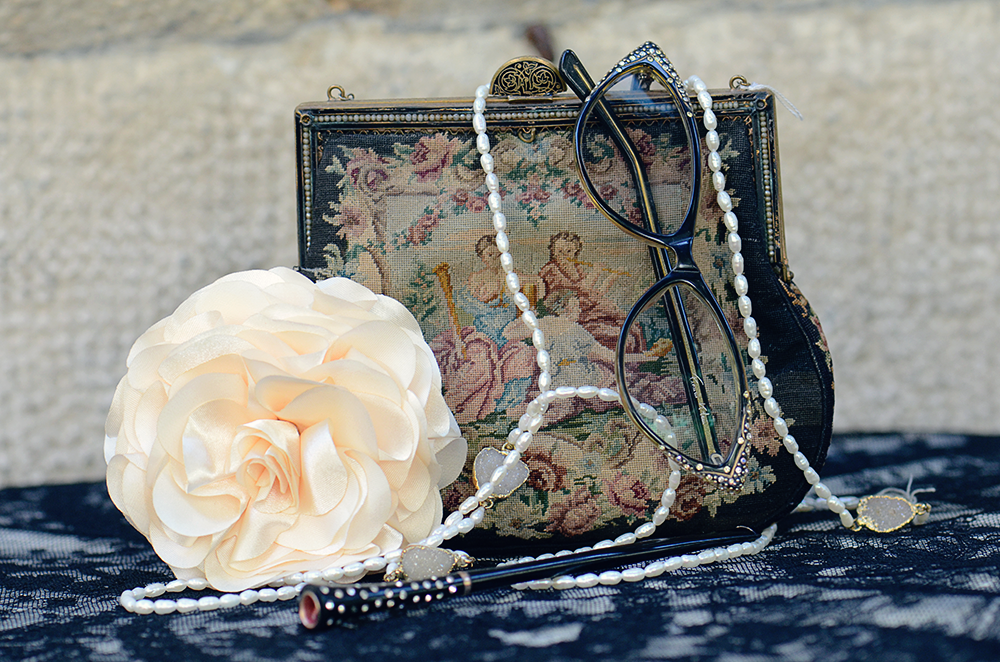
Coco Chanel learnt how to sew when she was 12 in a hospice where her father left her after he was widowed. However, as soon as she became a teenager she decided to try to work and leave the hospice. She combined her work for a haberdashery with some shows in La Rotonde, a place where she earned the nickname “La petite Coco” because of a popular song she used to sang about a young woman who lost her little dog “Coco”.
A few years after she was decided to open a fashion store, although her humble origins didn’t help. In 1914 bought a few dozens of hats from the well-known Lafayette Gallery, then she remodeled them and put them into sell. Her success showed she was born to win and she realized she could make her dream true.
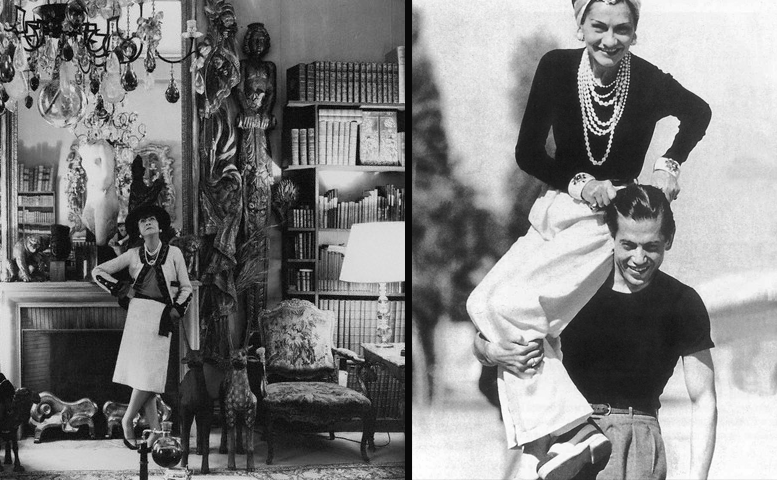
She opened the first store in the Rue Cambon and after not a long time she was brave enough to open a second one in the elegant ville of Deauville, a place known especially by the most glamorous people in France in the time. Success was already a word in her world, although not related to love…
After the IWW, fashion magazines started publishing her designs. She didn’t draw or used to make sketches, so she had to create the designs straigh on her models. That never was an issue for her.
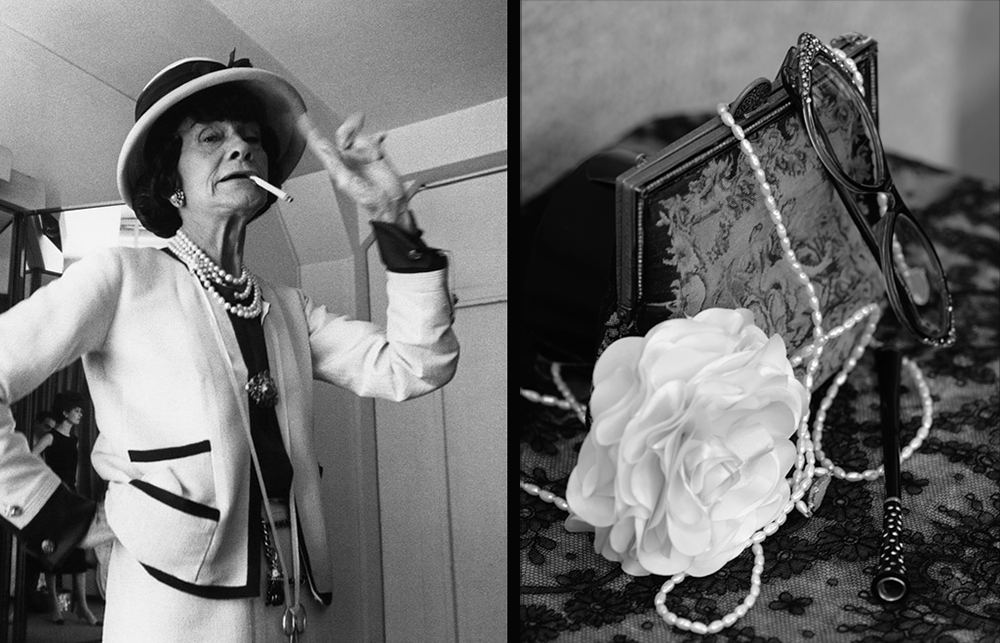
She was a pioneer in using stitches and the shirt-kind dress. She also was one of the first women to tan her skin – a symbol of the lower class – and have a short haircut. I’m sure you don’t forget the tweed dresses, shoes with low heel or the pleated skirts… All of them were also her signature.
She then decided to go to live in the Hotel Ritz, and her success kept on until the Crash of 1929. She was forced to reduce her staff and low the prices. However despite these actions the situation didn’t get better so Coco decided to move to the US, where her talent was already well-known. During that period of her life, she knew many men but her relationships weren’t as successful as her professional life. The fact that she was sterile didn’t help either.
The IIWW forced her again to close her saloons and get back to Paris. Coco Chanel had the time then to leave all work related to fashion for a few years, while she was exiled in Sweden. During the 50s, when she was over 70, she decided to open her stores again. She passed away in 1971 after a life among pins. Her way of conceive women is till today alive, not only in her designs but in the mytic Chanel N5 perfume, loved by the greatest women like Marilyn Monroe.
texto @Esther Ginés

